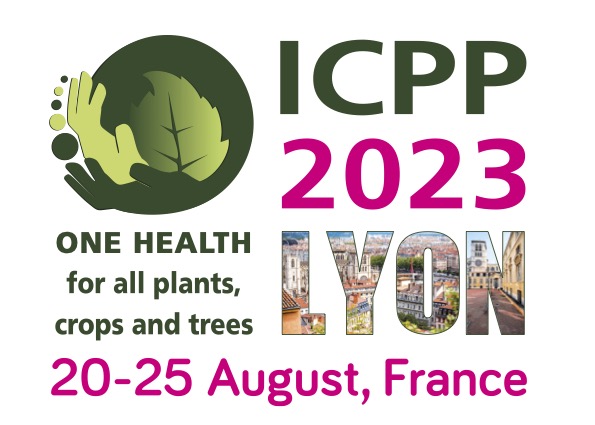
“Phytobiomes Research for Plant Health” workshop – ICPP 2023
August 20, 2023
Organized in collaboration with
Matthew Ryan, Curator, Genetic Resource Collection, CABI, UK
Time
2:00-5:00pm
Location
Lyon, France
Website
Outline
Having healthy plants is key to providing food security for the 9.8 billion people expected by 2050. But crops are facing many challenges, among them climate change and an increased exposure to biotic and abiotic stressors, such as pests, poor soil quality, low water availability and excessive heat.
In order to make agriculture more productive and sustainable, we need to study plants in their biological, physical and environmental contexts, i.e. the “Phytobiome”.
Phytobiomes research – a new, cross-cutting, multidisciplinary, holistic approach – focuses on the complex interactions between plants, microorganisms, soils, climate, environment, and management practices.
In this workshop, we will showcase examples on how phytobiomes science can provide solutions to produce healthy plants to ensure food security for future generations.
Fee
- €50 for ICPP2023 Congress attendees
- €100 for non-ICPP2023 Congress attendees (satellite event only)
- Lunch not included
Program
14:00 – Welcome and Introduction – Jan Leach, Colorado State University, USA
14:10 – Caitilyn Allen, University of Wisconsin – Madison, USA
Genotypic and phenotypic analysis shows Ralstonia solanacearum cool virulence is a quantitative trait not restricted to “Race 3 biovar 2” – Abstract
14:35 – Corinne Vacher, INRAE, France
Deciphering the interactions between mildews and the phyllosphere microbiota in grapevine – Abstract
15:00 – Malgorzata Waleron, University of Gdansk, Poland
Is the plant rhizobium engaged in interactions between Pectobacterium and plants? – Abstract
15:20 – Lauren Farwell, NIAB, UK
Unravelling the epiphytic microbiome of raspberries: How fruit age and polytunnel location impact pathogenic and beneficial fungi and bacteria on the surface of raspberries – Abstract
15:40 – Poster flash talks
- Emily Luna, Colorado State University, USA
Modulation of plant defense gene expression in barley by Russian wheat aphid honeydew and honeydew-associated bacteria – Abstract - Stefanie Maria Primisser, Laimburg Research Centre, Italy
Dry lenticel rot – An emerging postharvest disorder on apples in northern Italy – Abstract – Slides
15:50 – Break
16:20 – Tika Adhikari, North Carolina State University, USA
Deciphering the active strawberry microbiome associated with roots and rhizosphere soil – Abstract
16:40 – Ofir Degani, Migal Galilee Research Institute, Israel
Trichoderma asperellum secreted 6-pentyl-alpha-pyrone protects maize plants from the late wilt pathogen, Magnaporthiopsis maydis – Abstract – Slides
17:00 – Wrap-up
